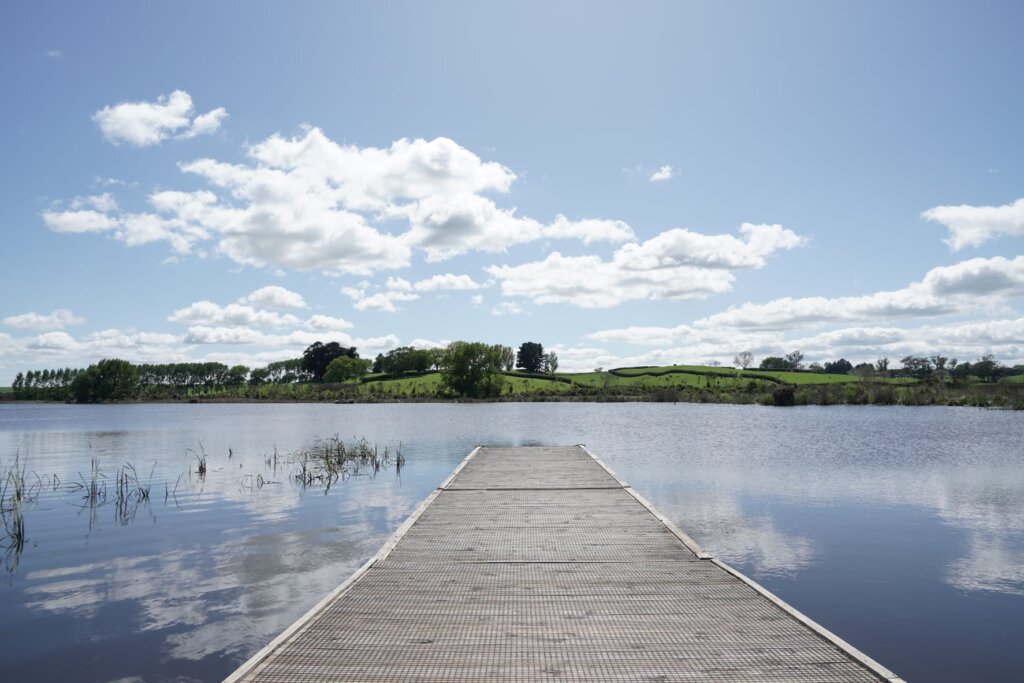The chances of another algae bloom occurring at Lake Ngā Roto this summer are high, but new sensors will help council staff to respond quicker.
“There is not a lot of actions that can be done to prevent it… so basically, this summer our focus is more on protecting public health,” said Waikato Regional lakes scientist, Mat Allan.

Ngā Roto is likely to experience another algal bloom this summer.
At the turn of the year a toxic algal bloom caused the death of birds and thousands of fish at Lake Ngā Roto.
Allan said calm weather and warmer water temperatures of summer are the main drivers of algal blooms in lakes like Ngā Roto.
“This year we will be working closely with Waipā District Council. Following on from last year they’ve done a lot of planning on communication lines and actions if there are algae blooms.”
A new sensor is being installed in Ngā Roto’s autonomous monitoring buoy, which will give council staff and health officials “a bit of an early warning if there are algae blooms coming”.
Allan said the sensor will be able to detect phycocyanin, a light harvesting pigment found in cyanobacteria.
Typically, water samples are taken from the lake weekly throughout summer, these are sent to the National Institute of Water and Atmospheric Research (NIWA), who measure the amount of cyanobacteria in the water.
If elevated levels of cyanobacteria are detected, health warnings are issued by Te Whatu Ora.
But the new sensor can be monitored remotely and in real time, meaning council staff will be able to know if an algal bloom is likely to occur much sooner.
“It should be operational all summer, so we will be able to get real time data on the phycocyanin… if there are algal blooms coming, we would see those phycocyanin levels rise,” Allan said.
The councils are also testing a handheld sensor, which can be used to predict the onset of harmful algal blooms.
“We are testing it to see how well the measurements compare to measurements taken at NIWA, to see whether or not we can use it as an ongoing monitoring tool,” Allan said.
The two new sensors will help the councils mitigate any potential damage caused by algal blooms this year.
“The plan this year is to be more responsive in terms of looking for any dead fish or dead animals and then removing them,” said Allan.
Removing the dead fish reduces the risk of members of the public, dogs, and other animals from getting sick.
Weekly test results from Ngā Roto, as well as more information about algal blooms, are published on the Land Air Water Aotearoa (LAWA) website.
Allan recommends that people attending the lake should check these results throughout the summer and become more familiar with what agal blooms look like.








